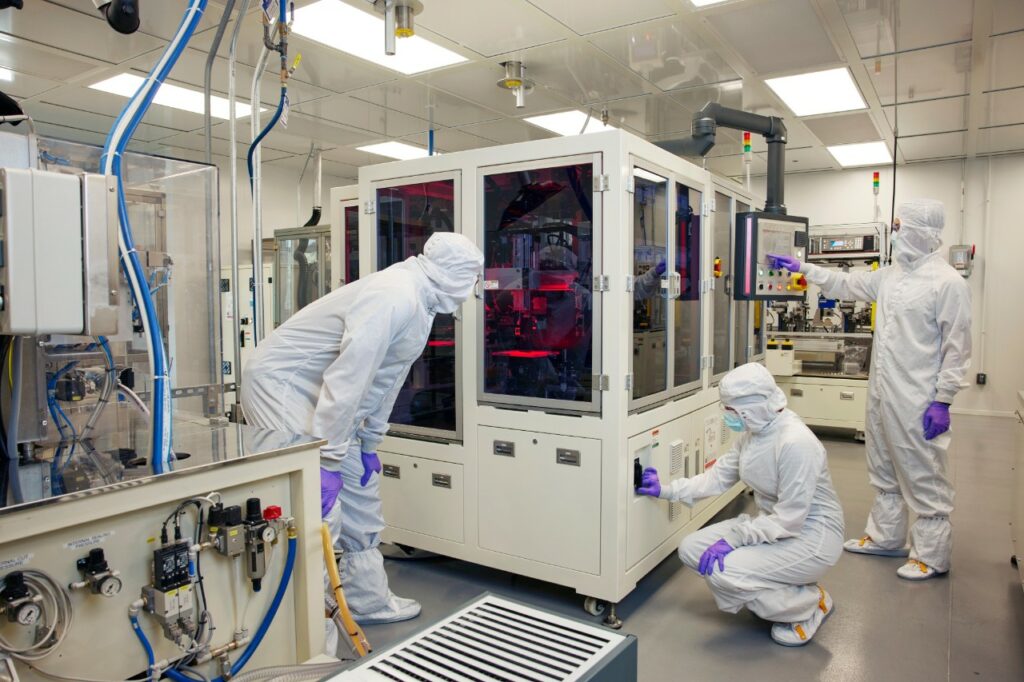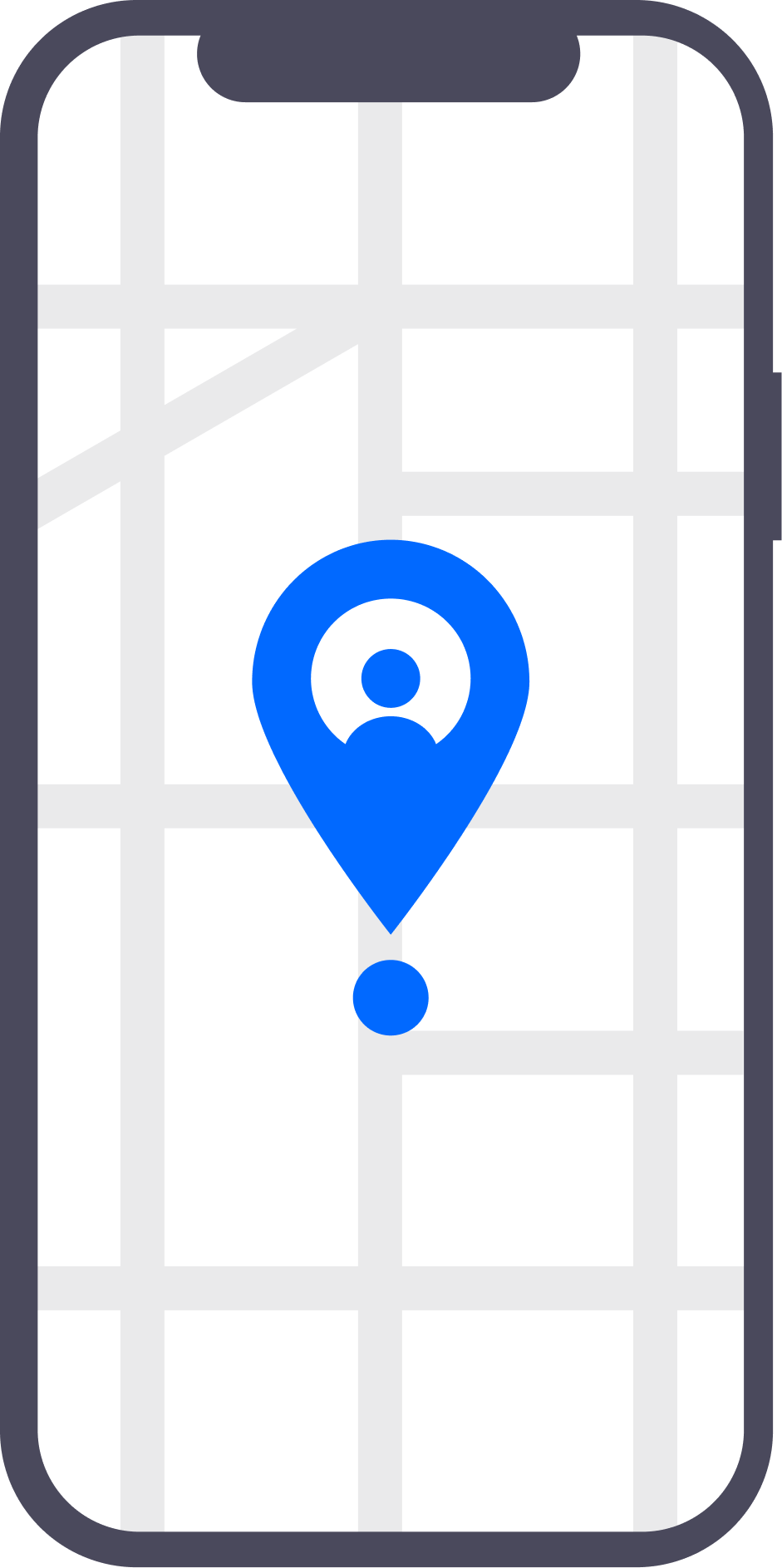The Chevrolet Bolt’s recent fall from grace has had many EV-curious drivers wondering if EVs are even safe to drive. A quick look at US vehicular fire data makes it clear that car fires were a problem long before EVs (hey Ford Pinto!), but EVs do bring new challenges to automotive safety. Any material that can store enough energy to power a car, whether batteries or gasoline, is capable of volatility and potential safety hazards. However, a closer look at the statistics reveals surprising trends and comparisons. Will the dozens of EVs coming to market in 2022 face the same issues of older models? It’s important to get to the bottom of this. Your advocates at CarEdge will keep you informed with the latest information. Here’s what we know.

What Can We Learn From the Data?
Data compiled by the National Fire protection Association (NFPA) and the US Department of Transportation shows that among all vehicle types, there’s an average of one vehicle fire per 19 million miles driven. Both the NFPA and the Center for Auto Safety say there is not yet a centralized database for electric vehicle fire statistics. In an effort to address the lack of information surrounding EV battery fires, Tesla decided to begin releasing statistics in their annual impact reports.
Tesla’s 2020 Impact Report says that from 2012-2020, there’s been one Tesla fire per 205 million miles traveled. The fact that Tesla models made up 79% of American EV sales in 2020 highlights the relevance of their data. Unfortunately, other automakers haven’t released comparable data (we’re looking at you GM!). We’re hopeful that will change soon.
This comparison doesn’t hide the fact that some EV models have had major problems. Most notably, the ongoing Chevrolet Bolt recall is costing GM and battery supplier LG a few billion dollars to resolve. The Hyundai Kona briefly made headlines with multiple fires. It seems like every Tesla fire makes it into the news. Henrik Fisker’s first shot at launching an automotive brand ended in tears when Hurricane Sandy flooded dozens of early Karma’s with saltwater, resulting in some setting ablaze. EV fires are real, and every one is serious and worthy of proper investigation.
What Causes Electric Vehicle Fires?
An in-depth study of EV battery fires conducted by the NTSB found that most incidents are caused by a dangerous phenomenon known as thermal runaway. All modern electric vehicles have a thermal management system of some sort. Thermal management keeps the battery operating within the ideal range for performance and safety. Some thermal management systems use liquid coolants, others employ air or refrigerant coolants. But these systems are only designed to work during normal operating conditions. When a battery is punctured or contains manufacturing defects, a short circuit can occur when the anode and cathode come in contact. A shorted circuit can cause rapid thermal runaway. Simply put, if a damaged or defective battery malfunctions, it produces a lot of heat, and may result in a fire.
The Chevy Bolt Recall Brings Attention to EV Safety

A spokesperson for LG, the battery supplier for the Bolt, shared the cause of the recent fires with Consumer Reports. “GM and LG have identified the presence of two rare simultaneous defects, found in the same battery cell, made during the module manufacturing process.” GM explained that the cause is a torn anode tab and folded separator within the batteries. What it comes down to is two very rare defects simultaneously occurring in the same battery cells.
As of December 2021, GM is just beginning the recall process. Owners of 2017-2019 Bolts will receive an all-new battery pack. Affected 2020-2022 cars will receive replacement batteries for the affected modules. Will the fix take care of the hazard once and for all? Considering the massive engineering effort that has gone into identifying the problem and proposing a solution, Chevy Bolts will likely have undergone even more safety checks than most cars are ever subjected to.
Get the most when you sell your car.
Compare and choose multiple offers in minutes:
How Many Teslas Catch On Fire?
Anytime a Tesla goes up in flames, it’s sure to make the news. But how common are Tesla fires compared to combustion vehicle fires? Engineers (and nervous investors) have looked into every incident, and here is what they’ve found. GLJ Research analyst Gordon Johnson found reports of about 160 Tesla vehicle fires as of 2020, when there were 1 million Teslas on the road globally. That works out to about 0.01% of Teslas being involved in fire incidents, a figure that is less than most other OEMs.

The high publicity of Tesla’s isolated fire events prompted the automaker to address the topic directly in their own 2020 Impact Report. Tesla says there has been approximately one Tesla vehicle fire for every 205 million miles traveled. The report goes on to point out that analyses of combustion-powered vehicle fires conducted by the National Fire protection Association (NFPA) and U.S. Department of Transportation shows one fire for every 19 million miles travelled. As Elon Musk once spouted on his infamous Twitter account, “Not super surprising, given that internal combustion engine cars literally have ‘combustion’ in their name.”
Perhaps one reason Tesla has avoided the major recalls that the Chevy Bolt, Hyundai Kona and some hybrids have faced is the fact that Tesla regularly pushes over-the-air updates to all of their cars. If a thermal management issue is ever discovered by their engineers, for example, it would most likely be solved with a quick software update. Most automakers have yet to implement OTA updates at this level of precision, but Ford, Volkswagen and even GM are coming around to the idea.
Firefighters Struggle With EV Incidents
Although the data clearly shows that EVs are less prone to car fires than combustion vehicles, there are major safety concerns for the firefighters who extinguish the flames when an EV fire does occur. Firefighters need special training to learn how to safely approach EV-related incidents, but only two-thirds of departments have had the opportunity due to funding constraints.
EV battery fires require A LOT more water to extinguish. Tesla’s First Responders Guide recommends 3,000 to 8,000 gallons of water on hand to put out a Tesla fire. Some fires have needed 30,000 gallons of water to extinguish. Basically, firefighters have to do whatever it takes to cool down the battery, and that’s really hard to do with so much energy densely packed into the pack. Once the fire appears fully extinguished, there’s a chance it could still flare up, even days later. Towing services and junkyards are advised to park damaged electric vehicles at least 50 feet from other vehicles in the yard. As EVs become more popular, that might not be feasible in just a few years.
The National Transportation Safety Board’s (NTSB) review of emergency response guidelines from 36 EV manufacturers found that all had ways to mitigate the risk of high-voltage shocks, but none of the guides addressed how to reduce the risk posed by energy stored in the batteries, such as procedures for minimizing reignition or instructions on where and how to spray water to cool the batteries. Clearly, EV automakers have some serious work to do for the safety of first responders.
The Road Ahead: How Engineers and Automakers Are Making EVs Safer

Although EV battery fires are still infrequent compared to traditional vehicles, there are still ways to make EVs safer. Solid state batteries are nearly ready for mass production. They promise to revolutionize the automotive industry with extreme efficiency, affordability and incredible duration. The solid electrolyte that lies within is less volatile than the liquid electrolytes used in today’s lithium ion batteries. Solid Power, a leading solid state battery developer, has conducted third-party testing to examine the safety of solid state batteries when they’re exposed to stressors such as puncture or short-circuiting. No fires occurred at all during laboratory testing, only voltage loss.
Over-the-air updates will soon be a feature (or add-on) of most vehicles on the market. OTA updates present an opportunity for automakers to address future battery safety concerns without even needing to issue a full recall. Tesla’s leadership in OTA updates set an example that legacy OEMs are following.
Early on during the rise of EVs (2012-2017), batteries had never before been produced at such high volumes. New manufacturing techniques were needed, and assembly lines had to flush out the usual inefficiencies that affect any new manufacturing process at scale. Now that EV production is maturing and battery suppliers have been at it for a decade or more, engineers, chemists and industrial designers are well-versed in the best practices of making batteries that are both cost effective and safe. Just like with refining and transporting petroleum products, battery production can go wrong if safety and sound engineering aren’t top of mind.
CarEdge’s Take On EV Battery Fires
More data is needed, but Tesla’s 2020 Impact Report provides the best look yet at how common EV battery fires are in comparison to non-electric vehicles. Tesla EVs make up 79% of American EV sales, so their data are somewhat representative of the EV market as a whole. The statistics suggest that Teslas are far less prone to fire than combustion vehicles, which is a very different story than one would gather from watching the news. However, Tesla’s overall reliability ratings remain low, which is concerning in its own right.
What about other EV makers? With popular models like the Ford Mustang Mach-E, Volkswagen ID.4 and Hyundai IONIQ 5 hitting the roads this year, we should have more data soon. Every publicized EV fire damages consumer sentiment about the shift to electrification. Surely, automakers investing over $300 billion in EVs would throw everything they’ve got at fixing safety hazards and ensuring that EVs are the safest cars on the road. At CarEdge, we’ll continue to monitor the latest and we’ll bring you any updates as EVs go mainstream in 2022.
CarEdge Just Launched a New Search Engine to Make Buying Your Next Car Easier!
We have thousands of EVs (and other vehicles) listed today. Each listing includes industry insights, empowering data and the true TotalPrice that will make buying a car the transparent process it should’ve always been. Check it out here!













0 Comments